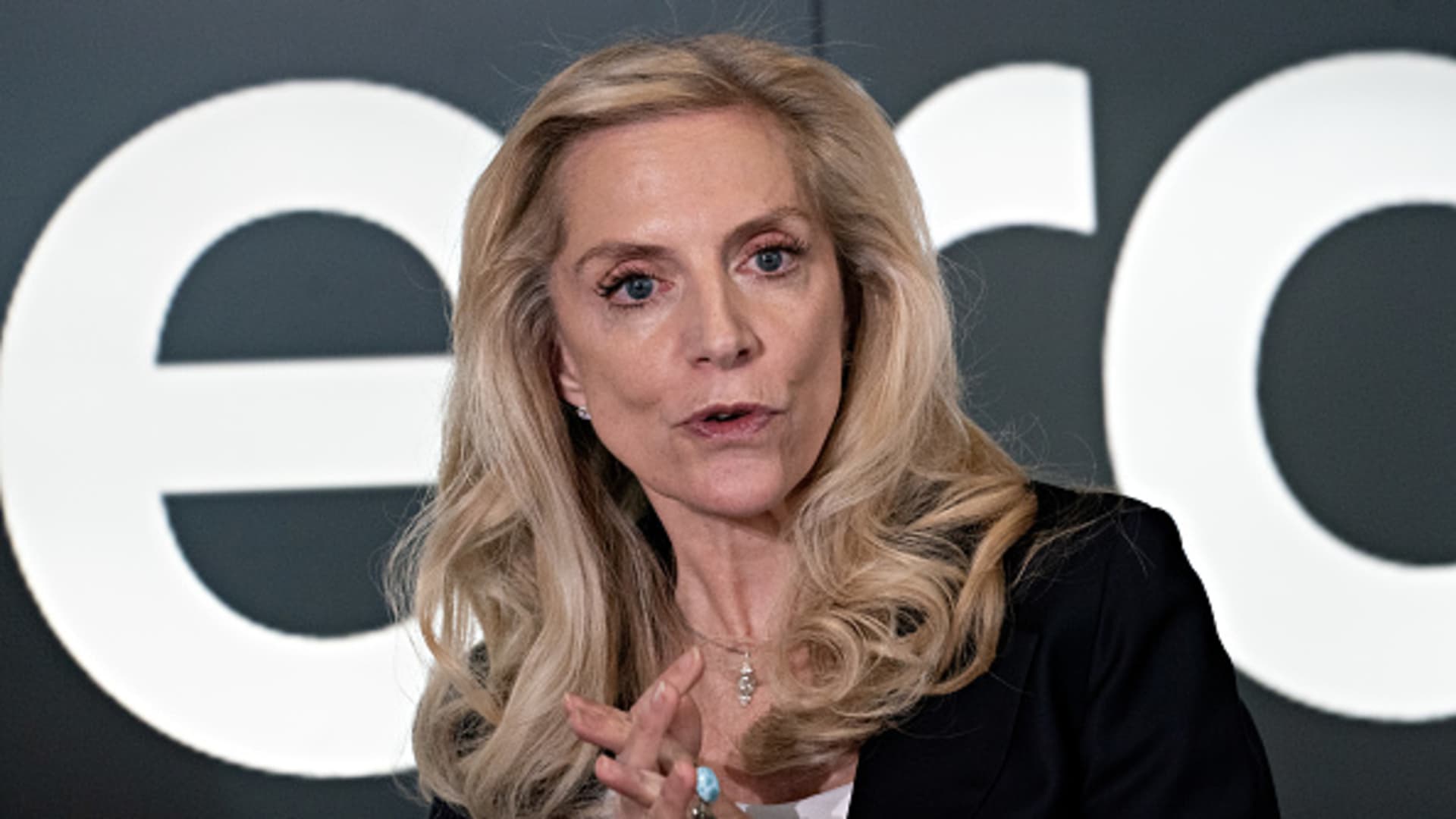Federal Reserve Governor Lael Brainard said Thursday that interest rates need to remain high, even though there are signs inflation is starting to ease.
Echoing recent comments from her fellow policymakers, Brainard insisted that the Fed won’t waiver in its commitment to taming prices that have come down some in recent months but remain near four-decade highs.
“Even with the recent moderation, inflation remains high, and policy will need to be sufficiently restrictive for some time to make sure inflation returns to 2% on a sustained basis,” she said in remarks prepared for a speech in Chicago.
Her comments come less than two weeks before the rate-setting Federal Open Market Committee holds its next meeting, on Jan. 31-Feb. 1. Markets are assigning a near-100% probability that the FOMC will a raise its benchmark interest rate another quarter percentage point, taking it to a target range of 4.5%-4.75%, according to CME Group data.
That, however, would represent another less-severe step in the Fed’s move to tighten monetary policy. As Brainard put it, the FOMC in December “downshifted” the level of its rate increases to half a point, after three consecutive increases of three-quarters of a percentage point.
“This will enable us to assess more data as we move the policy rate closer to a sufficiently restrictive level, taking into account the risks around our dual-mandate goals,” she said.
Brainard pointed to a number of areas where she sees inflation starting to come down.
She noted weaker numbers recently in retail sales and wages, and expressed doubt that the economy is seeing a 1970s-style wage-price spiral where higher earnings keep pushing prices higher and vice versa.
According to the Fed’s preferred measure, personal consumption expenditures prices excluding food and energy, inflation has been running at a 3.1% annualized pace over the last three months, well below the 4.5% 12-month pace. That’s still ahead of the Fed’s 2% goal, but reflective of some progress.
Housing costs remain high, but Brainard and other Fed officials expect those to ease later in the year as apartment leases catch up with declines in commercial real estate. Consumer surveys of late also show at while inflation expectations remain elevated in the near term, they’re more stable further out.
“Together, the price trends in core goods and nonhousing services, the tentative indications of some deceleration in wages, the evidence of anchored expectations, and the scope for margin compression may provide some reassurance that we are not currently experiencing a 1970s-style wage-price spiral,” Brainard said.
Despite tough talk from Fed officials on rates, markets think the central bank will fall short of the 5.1% peak in the fed funds rate that they pointed to in December. Instead, traders see the rate topping out about a quarter percentage point below that, and the Fed starting to reduce rates later this year.
Brainard gave no indication that rates would be coming down anytime soon.
“Inflation is high, and it will take time and resolve to get it back down to 2%. We are determined to stay the course,” she said.
